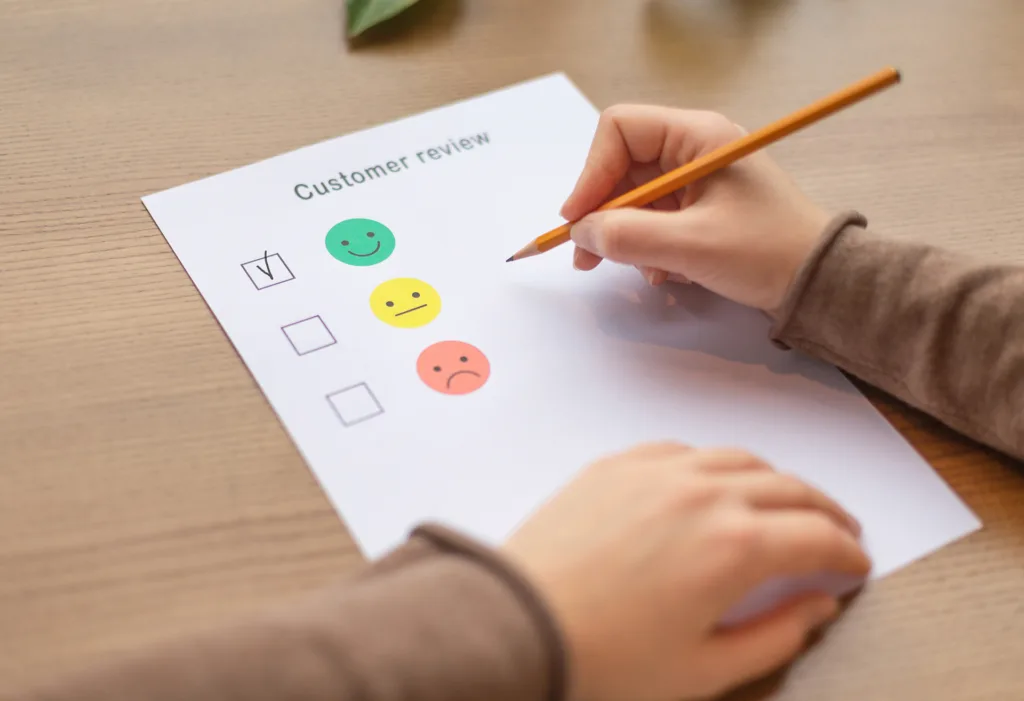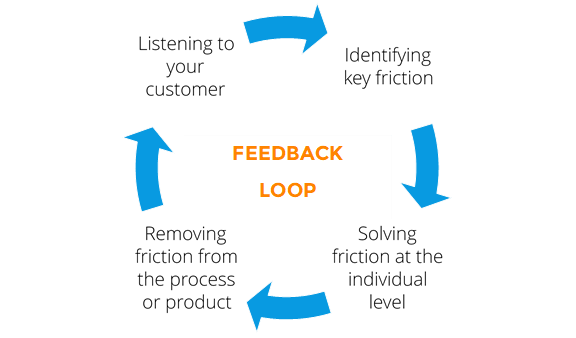21 May 2025
Are you really listening to your customers?
Words by Marcel Stroop
Reading time 3 min

Words by Marcel Stroop
Reading time 3 min

The most successful companies make listening and understanding their customers a vital part of their business strategy. Sounds simple, doesn’t it? Unfortunately, the reality is different. In a time where customer preferences are evolving faster than ever, ignoring these might turn out to be quite costly.

In this article, I will share a couple of strategies and principles I use in my daily contact with our clients to help them put the voices of their customers on the corporate agenda.
The mindset of traditional companies is still very much inward, company-focused: “we’ve always done it this way, and it is successful, why should we change?”. The point these companies are missing is that pushing their product and their way of thinking on the current well-informed customer, will not create sustainable long-term results.
Instead, they’d rather focus on creating documents, making fancy presentations and having endless meetings. Unfortunately, these are still part of everyday life in most companies.
The actual question employees should continuously ask themselves: what value do my actions add to our customers and to our business? This question should be embedded in the workflow of all companies.
Changing an inward-focused culture to a customer-centric culture is not easy, it requires organizational discipline from top management.
Think about it. Companies that understand their customers are much more likely to retain them, deliver a much better service and attract new ones. Your customers connect and engage with your business through many different touchpoints. Funneling these experiences back to your business will help you improve your product in numerous ways. I see these as the most important ones:
I can hear you thinking: “but this does not generate sales?”. It does — a lot.
Nurture your customers, point them in the right direction, focus on how your product will make their life easier, make it interactive and be there for them at each moment in the customer journey.
Data is a key element to measure your performance across different customer touchpoints. Visualize the customer journey and add relevant metrics for each step in the journey.
Don’t be too picky about choosing the perfect metric. The result of your efforts will depend mainly on what you are doing with the customer feedback, not how you measure these. Before you know you’ll end up debating for days on which metric to use: CSAT, NPS or your own ground-breaking metric.
It’s much more important to spend your time on making these insights actionable on a strategic, tactical and operational level.
Identifying the key frictions is a good start of the process, implementing a feedback loop helps bring it all together.

To properly close the feedback loop you should first solve the issue with the individual customer. After this is done, you make sure together with the key stakeholders in your company to remove this friction from the process or product.
Some frictions may require a minor change at the operational level; others require a change at the core of the business.
Closing the feedback loop is not easy. It requires persistence and patience, listening to and acting on your customer’s feedback is a continuous and never-ending process!
I’d be happy to hear your thoughts and strategies to make the life of your customers easier. Feel free to reach out!